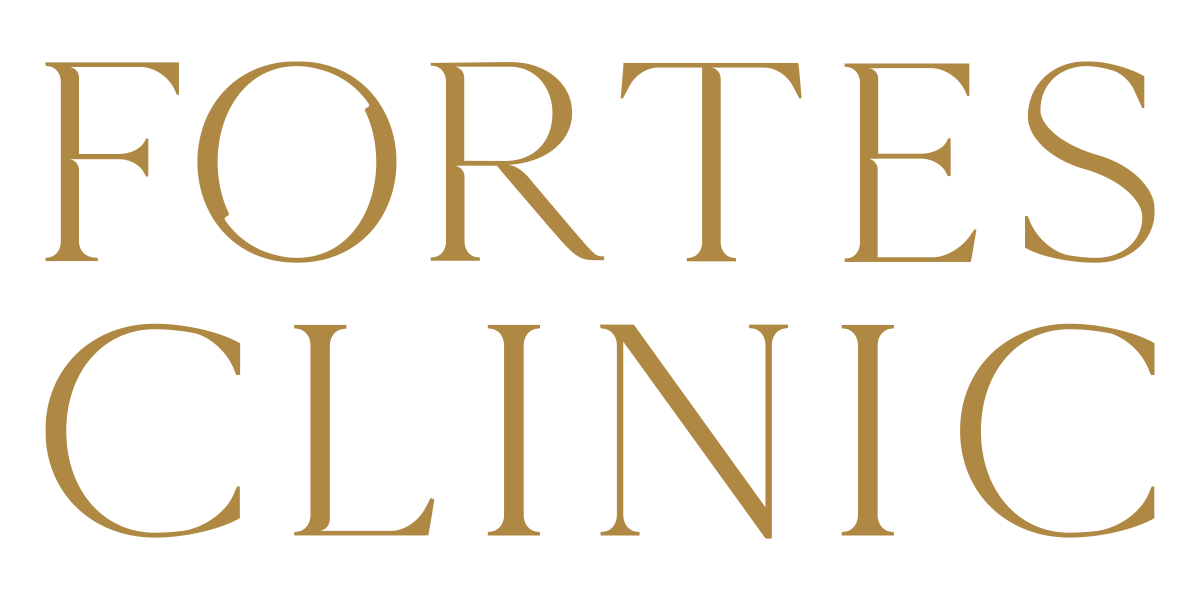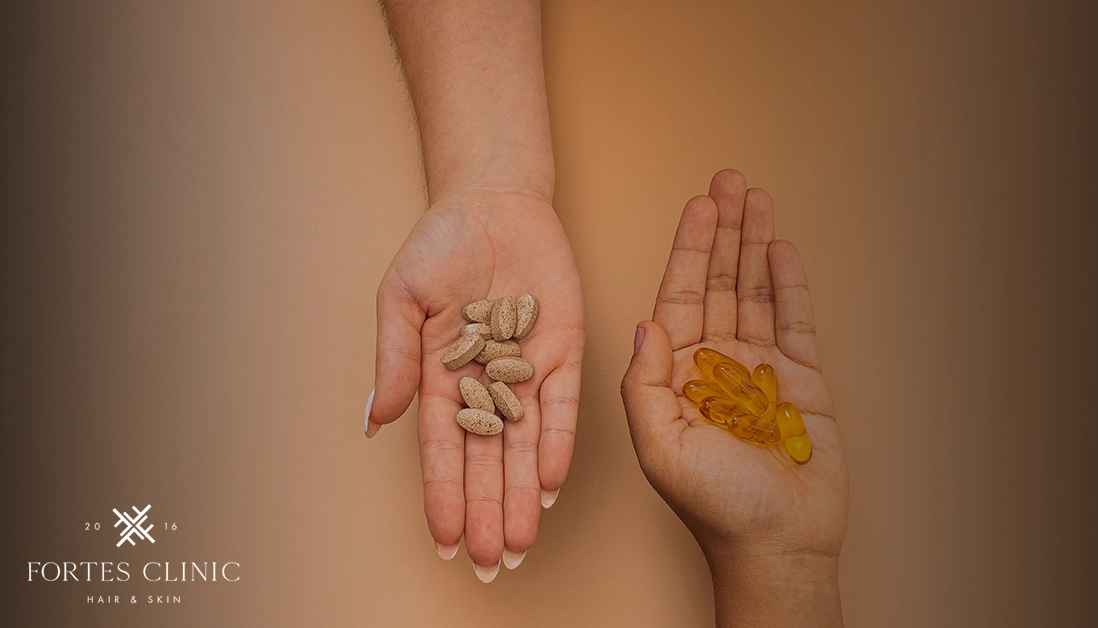Introduction
Are you concerned about the increasing amount of hair collecting in your hairbrush or clogging your shower drain? You’re far from being alone in this struggle. Hair loss is a challenging issue that affects numerous women for a variety of reasons. While the market is saturated with various treatments promising to revive your luscious locks, Minoxidil stands out for its medically backed efficacy. In this detailed guide, we explore everything you need to know about Minoxidil for women—how it works, its unique formulations, potential side effects, and much more. So let’s delve in, shall we?
The Science Behind Minoxidil
History of Minoxidil
Minoxidil wasn’t initially developed with the intention of treating hair loss. Believe it or not, it was initially designed as a medication for high blood pressure.
However, researchers soon noticed that patients were growing hair in unexpected places. This accidental discovery led to further investigation and the eventual development of topical solutions intended specifically for hair growth.
How Minoxidil For Women Works
Minoxidil operates by enhancing the size of hair follicles, which leads to the growth of thicker strands. It achieves this by dilating blood vessels, thus allowing for more oxygen, nutrients, and blood to reach hair follicles. This effect is not merely cosmetic; it influences the biology of your hair at a cellular level.
Difference Between Minoxidil For Women & Men
While the fundamental principles behind how Minoxidil functions remain constant across genders, it’s important to note that women often require lower concentrations to achieve desirable outcomes while reducing the risk of side effects.
Causes of Hair Loss in Women
Understanding what causes hair loss in women can help you make more informed decisions about your treatment options.
Hormonal Changes
Life events like pregnancy and menopause involve significant hormonal changes that can affect the quality and quantity of your hair. While hair loss due to these causes is often temporary, it can be distressing.
Stress
Experiencing chronic stress impacts various bodily functions, including your hair’s growth cycle. Stress can disrupt the phases of growth, leading to premature hair shedding.
Underlying Medical Conditions
Health conditions like polycystic ovary syndrome (PCOS) or thyroid disorders can also cause hair loss. It’s imperative to consult a healthcare provider for accurate diagnosis and effective treatment strategies.
Genetics
Unfortunately, some of us are genetically predisposed to hair thinning or loss. In such cases, early intervention with treatments like Minoxidil can be particularly beneficial.
Why Minoxidil for Women Is Unique
Formulations
One size doesn’t fit all, especially when it comes to healthcare products. Minoxidil offers different formulations, namely liquid and foam.
Concentration Levels
While men frequently use Minoxidil at a 5% concentration, a 2% formulation is generally advised for women. This reduced concentration is designed to minimise the risk of side effects, while still being effective.
Side Effects of Minoxidil For Women
While most women tolerate Minoxidil well, some experience mild scalp irritation. This usually resolves over time, but if you experience persistent discomfort, consult your healthcare provider.
Efficacy of Minoxidil For Women
Several studies confirm the effectiveness of Minoxidil in treating hair loss in women. Specifically, it has shown significant results in treating female pattern hair loss, a condition that impacts a large percentage of women, especially post-menopause.
Application Guidelines
How to Apply Minoxidil For Women
Application is straightforward but must be done meticulously for optimum results. For both foam and liquid forms, you’ll typically need to apply the product directly to your scalp twice a day.
Best Practices
Consistency is your best friend when using Minoxidil. Make it a part of your daily routine—perhaps in the morning and before bed. It’s also advisable to apply it to a dry scalp to improve absorption.
What to Avoid
Be careful not to apply Minoxidil to wet or damp hair. Additionally, avoid using a hairdryer immediately after application as heat can reduce the medication’s effectiveness.
Potential Side Effects and Risks of Minoxidil For Women
Scalp Irritation
A common side effect is a slight irritation or itchiness of the scalp. Usually, this is temporary and will dissipate with continued use. If it doesn’t, seek medical advice.
Unwanted Facial Hair
In some cases, women have reported the growth of facial hair. This side effect is usually reversible once you stop using the product.
Allergic Reactions To Minoxidil For Women
Although rare, some women experience allergic reactions. If you notice symptoms such as hives or severe scalp irritation, discontinue use and seek medical attention immediately.
Interaction with Other Medications
Before starting Minoxidil, inform your healthcare provider about any other medications you are taking to rule out potential negative interactions.
Frequently Asked Questions On Minoxidil For Women
Can I Use Men’s Minoxidil?
Using men’s Minoxidil is generally not recommended for women due to the higher concentration, which can result in increased side effects.
How Soon Can I Expect Results From Minoxidil For Women?
Minoxidil requires a little patience. Many users report seeing noticeable improvement in hair thickness and coverage between three to six months.
Can I Use Minoxidil While Pregnant?
Minoxidil is not recommended for use during pregnancy or breastfeeding. Always consult your healthcare provider for alternatives during these periods.
Does Minoxidil Work for Alopecia?
Although Minoxidil is primarily designed for androgenetic alopecia, it has shown some effectiveness in treating other types of alopecia. However, always consult a healthcare provider for a diagnosis and tailored treatment plan.
Alternatives to Minoxidil For Women
Topical Solutions
Apart from Minoxidil, there are other topical options such as essential oils or ketoconazole shampoos. While these may provide some benefits, they typically lack the scientific substantiation that Minoxidil boasts.
Oral Medications
There are also oral hair loss medications like Finasteride and Spironolactone, but these come with their own set of benefits and drawbacks.
Hair Transplant
For severe and persistent cases of hair loss, surgical interventions like hair transplants could be considered, though these procedures are more invasive and costly.
Summary
Minoxidil offers women a scientifically-backed and effective method to combat the distressing issue of hair loss. With its unique formulations, relatively mild side effect profile, and proven efficacy, it stands as a reliable option for those looking to improve their hair’s thickness and coverage. However, as with any medication, a thorough consultation with a healthcare provider is essential to tailor the treatment to your specific needs.



